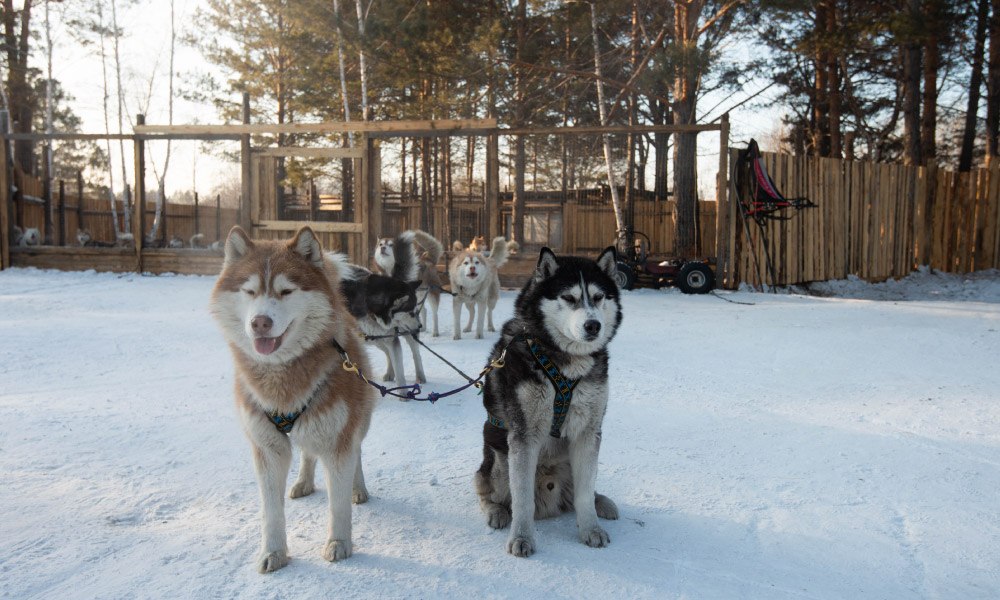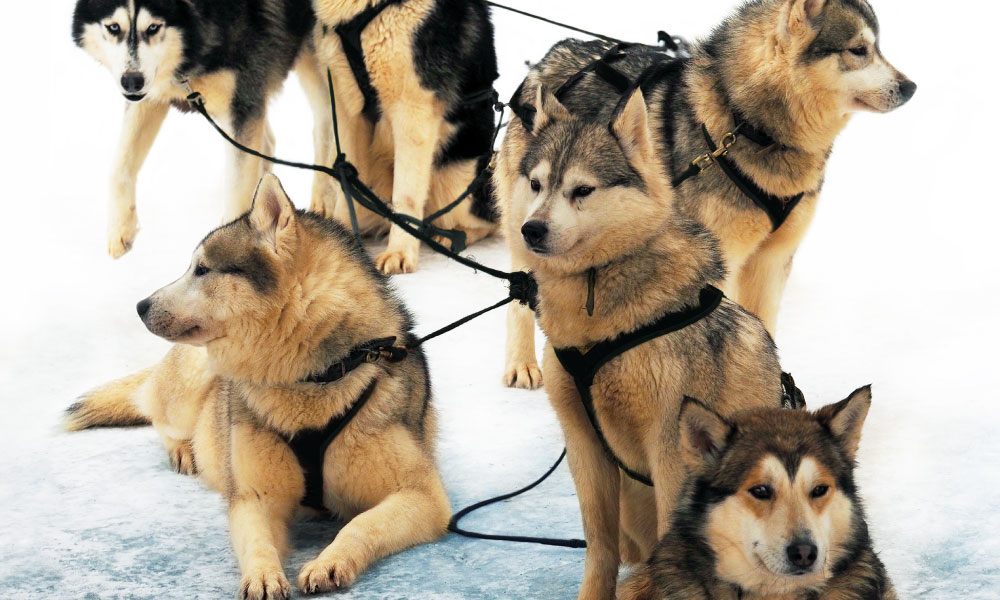More News & Articles
1.2 billion Catholics, and most of the rest of the world waited anxiously for the arrival of a new Pope. In Pope Francis I, they appear to have a leader [...]
Nearly a decade ago, I had the opportunity to join ten other "alpha dogs" in a hike across the Grand Canyon, from the south rim to the north rim [...]
When I owned my first business, I became critically aware of how dependent I was upon my employees to be successful. Not just in the sense of a future [...]
An article in Forbes authored by Josh Bersin, titled “It’s not the CEO, It’s the Leadership Strategy that Matters” reinvigorated my thinking about Musher Management and its suitability to [...]
About a decade ago, I had the privilege of riding alongside Mark Stephan, a now high-functioning quadripalegic, and a group of his friends, across the inhospitable landscape of southwestern [...]
A close friend, Mark Stephan, endured a horrible cycling accident a number of years ago which left him a quadriplegic. Mark's wife, Margaret Ann, was told to expect the [...]











